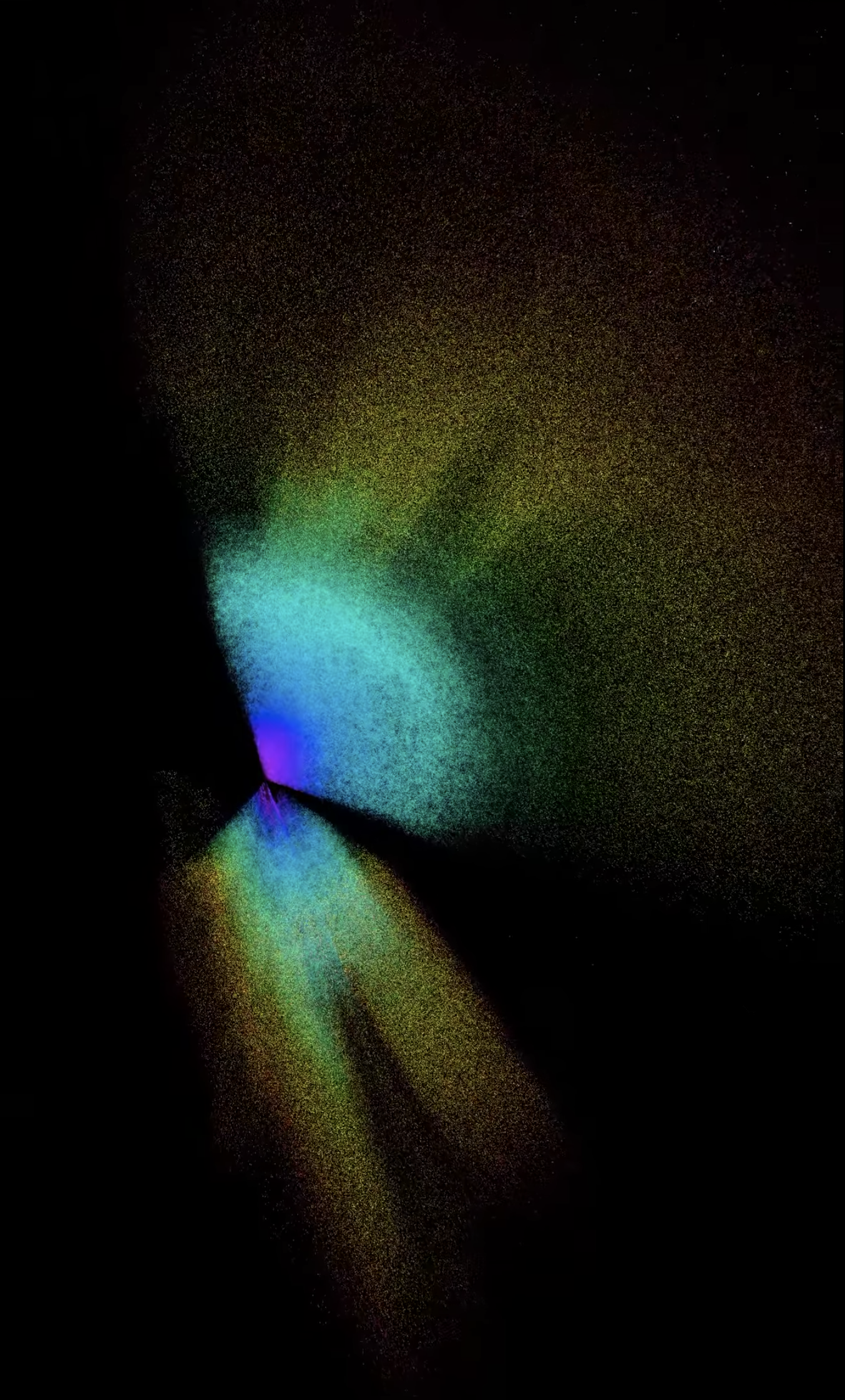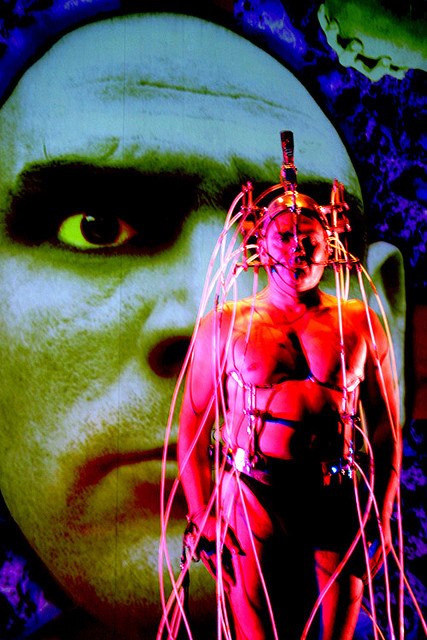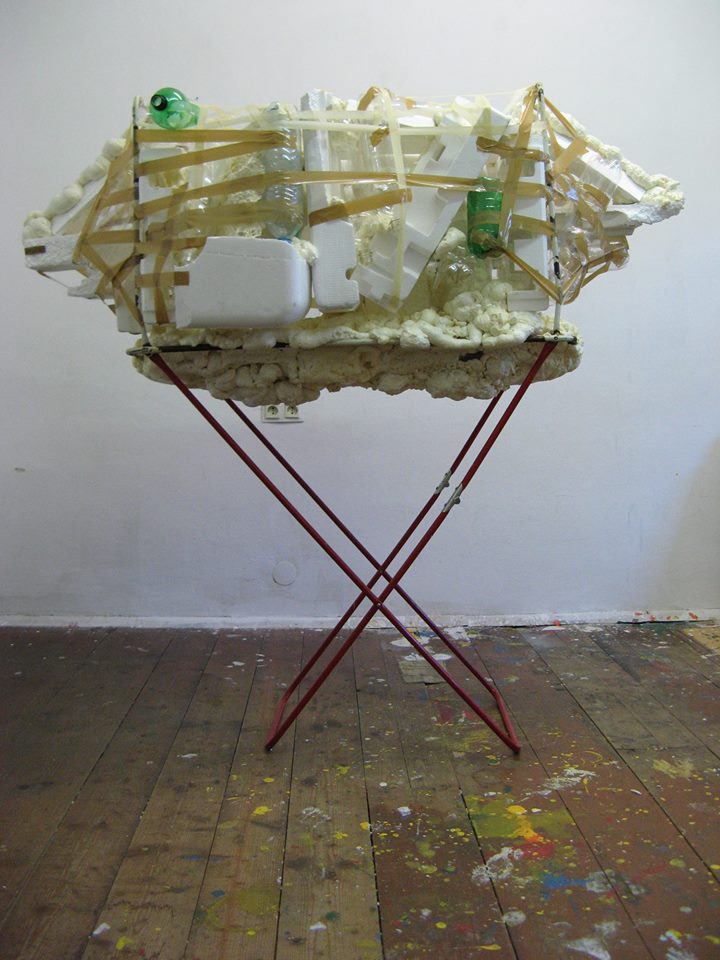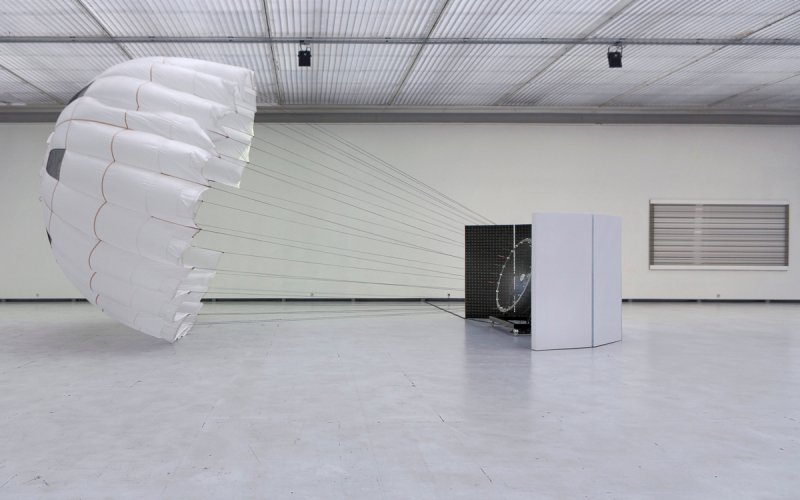
QUBIT AI: Arnaud Weber
NNY 43 – New York 43
FILE 2024 | Aesthetic Synthetics
International Electronic Language Festival
Arnaud Weber – NNY 43 – Nouvelle New-York 43 – Switzerland
In this short created with Midjourney, Runway and DaVinci Resolve, a futuristic megacity sprawls across an exoplanet, reflecting humanity’s limitless expansion. This fascinating and immense city of tomorrow explores the challenges and wonders of a civilization that goes beyond the limits of human habitation. The work offers a captivating reflection on the future of our societies and the impact of our growth in new and unexplored worlds.
Bio
Arnaud Weber, creative director and founder of Le Village Design has been a pioneer in generative digital art since the 2000s. Educated at École Boulle, his work ranges from Parisian design agencies to international recognition, especially through art and films generated by AI. His projects exemplify the fusion between technology and creativity, questioning the future of organic creativity in the digital age.








